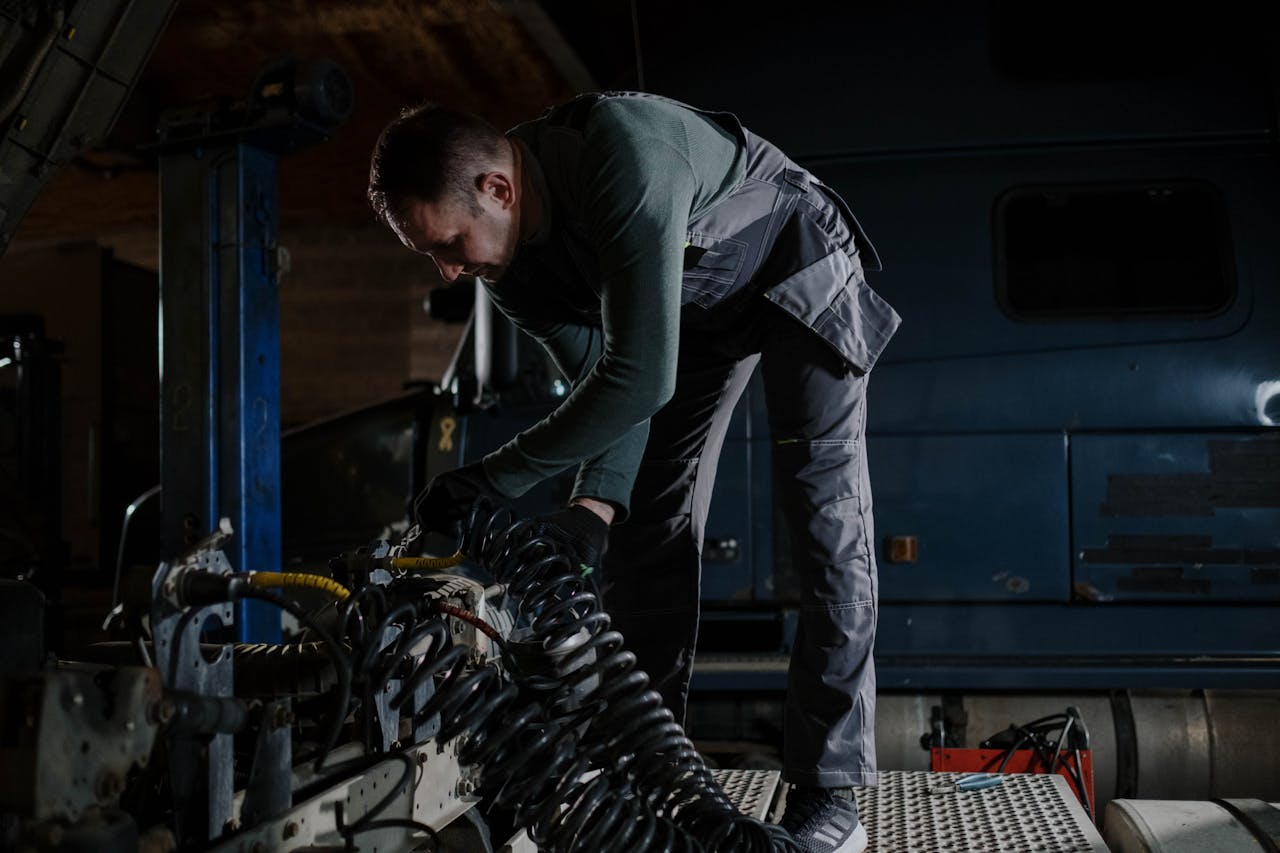Suspension springs are a critical component in automotive engineering, playing a pivotal role in vehicle dynamics, comfort, and safety. This article delves into the essential aspects of suspension springs, focusing on spring design, suspension performance, and material selection, offering practical insights for automotive enthusiasts, mechanical engineers, and suspension technicians.
Spring Design: The Backbone of Suspension Systems
The design of suspension springs significantly influences the overall performance of a vehicle’s suspension system. Springs must be engineered to absorb and dissipate energy efficiently, providing a balance between ride comfort and handling stability.
Types of Suspension Springs: There are several types of suspension springs used in modern vehicles, including coil springs, leaf springs, torsion bars, and air springs. Coil springs are the most common, owing to their compact size and ability to provide a progressive rate of compression, which enhances ride comfort. Leaf springs, often found in heavy-duty vehicles, offer robust support and load-bearing capacity. Torsion bars, which twist under load, are utilised in some front suspension systems. Air springs, though less common, provide adjustable ride height and load-carrying capabilities.
Spring Rate: The spring rate, or stiffness, is a fundamental design parameter. It determines how much a spring compresses under a given load. A higher spring rate means a stiffer spring, which can improve handling but may sacrifice comfort. Conversely, a lower spring rate offers a smoother ride but can lead to reduced handling performance. Engineers must strike a balance based on the intended use of the vehicle.
Progressive vs. Linear Springs: Progressive springs have a variable spring rate that increases as the spring compresses, providing a softer initial response and firmer support under heavier loads. Linear springs, on the other hand, maintain a constant spring rate throughout their range of motion, offering predictable performance characteristics.
Suspension Performance: Enhancing Vehicle Dynamics
The performance of a suspension system is largely dependent on the quality and characteristics of its springs. Properly designed and selected springs can vastly improve a vehicle’s handling, stability, and comfort.
Ride Comfort: Suspension springs play a crucial role in isolating the vehicle’s occupants from road irregularities. By absorbing shocks and vibrations, springs contribute to a smooth and comfortable ride. The choice of spring rate and type directly impacts the level of comfort experienced by the passengers.
Handling and Stability: A well-tuned suspension system enhances a vehicle’s handling and stability by maintaining optimal tyre contact with the road. Springs must work in harmony with other suspension components, such as dampers and anti-roll bars, to achieve balanced handling characteristics. Stiffer springs can reduce body roll during cornering, improving stability, but may also lead to a harsher ride.
Load-Carrying Capacity: In vehicles designed for heavy loads, such as trucks and SUVs, suspension springs must provide adequate support to maintain proper ride height and handling characteristics. Leaf springs and air springs are often used in these applications due to their superior load-bearing capabilities.
Material Selection: Choosing the Right Composition
The choice of material for suspension springs is critical to their performance, durability, and longevity. Various materials are used in spring manufacturing, each offering distinct advantages and trade-offs.
Steel Springs: The most common material for suspension springs is high-carbon steel, known for its excellent strength and fatigue resistance. Alloy steels, such as chrome-silicon and chrome-vanadium, are also used to enhance performance in high-stress applications. Steel springs are durable and cost-effective, making them a popular choice for many vehicles.
Composite Springs: Composite materials, such as fibreglass-reinforced plastics, are gaining popularity in suspension spring design. These materials offer weight savings and corrosion resistance compared to traditional steel springs. Composite springs can provide similar performance characteristics while reducing the overall weight of the suspension system, contributing to improved fuel efficiency and handling.
Air Springs: Air springs, typically made from rubber and reinforced with fabric, offer adjustable ride height and load-carrying capabilities. While not as common as steel or composite springs, air springs are used in applications where variable load conditions and ride height adjustments are necessary.
Upgrading to Volvo C30 lowering springs will not only improve your vehicle’s handling and stability but also give it a more aggressive and stylish stance.
Conclusion
Understanding the intricacies of suspension springs is essential for anyone involved in automotive engineering or maintenance. The design, performance, and material selection of suspension springs are critical factors that influence the overall dynamics and comfort of a vehicle. By carefully considering these aspects, engineers and technicians can optimise suspension systems to meet the specific needs of their vehicles, ensuring a balance between comfort, handling, and durability.
